Music Production Knowledge Backlog
Here you can find my latest published content. Use the Search!
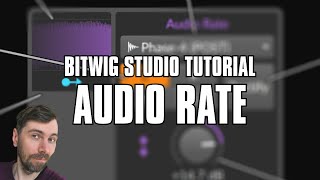
May 27, 2020 Tutorial
In this video, I showed how to use the audio rate modulator in Bitwig Studio to shape and modify synth sounds. Many people may find this technique intimidating, but it is actually easy and versatile. I started by creating an instrument track and adding the Phase 4 synthesizer. Then, I added an audio rate modulator to take the audio signal from the Phase 4 and loop it back into the modulator to shape the sound. I demonstrated how to use low cut and gain knobs to control the modulation signal and create interesting bass noises. Additionally, I showed how to use the audio rate modulator in a mixing context to bring together bass and drum sounds, and even as a distortion effect with a kick drum. Overall, this technique is simple, fun, and can produce unique and unpredictable results.
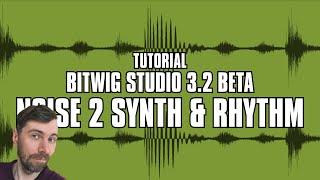
May 25, 2020 Tutorial
In this video, I learned how to use noise samples or drum loops to shape synth sounds. I used a module called attenuate to change the volume and then used a sidechain module to drag in the sound from the second track. I used an envelope follower to track the amplitude envelope of the noise sample and used it to modulate different parameters like pitch, detuning, and face modulation. The noise sample can be modified in different ways like using a bandpass filter or adding delay to fill in the gaps between drum hits. I also learned how to convert the audio signal into a gate signal and use it to trigger other drums or synth sounds. Finally, I saw some examples of how to apply these techniques to create different sounds using drum loops, noise samples, and even a ping-pong ball sound.
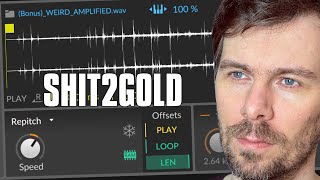
May 14, 2020 Tutorial
In this video, I show how to create tuned ambient sound using a sample and the filter section of Bitwig Studio's sampler. The process is similar to the one shown in another tutorial, but the key track feature in Bitwig's filter section makes it more efficient and easier to use. I demonstrate how to use the filter section to create tonality and character in a random noise sample and how to play melodies and chords with it. I also add modulation and effects to make the sound more interesting, and show how to use voice stacking to make the texture thicker. This technique is a fun way to turn random noises into usable pads and can be used for inspiration when you need new ideas. If you have questions, please leave a comment, and if you like the video, please leave a like and subscribe to the channel.
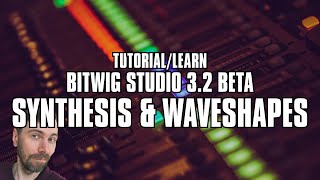
May 11, 2020 Tutorial
In this video, I discuss different methods of synthesizing sounds inside the grid, including subtractive synthesis, additive synthesis, frequency modulation, physical modeling, and granular synthesis. I provide detailed tutorials on how to create your own oscillator and change the waveform over time using modules like steps, phaser, and value. I also demonstrate how to create an additive synthesizer by adding multiple sine waves with different frequencies and how to use a filter to modify the sound. Additionally, I show how to use granular synthesis and a resonator to create interesting sounds. Overall, the goal is to encourage viewers to create sounds for their projects rather than focusing on designing instruments. If you have any questions or comments, please leave them below, and don't forget to subscribe, like, and support the channel if you enjoy the content.
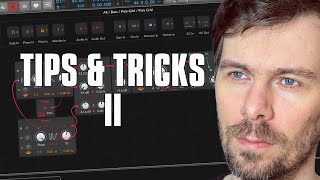
May 08, 2020 Tutorial
In this video, I share some tips and tricks for using Bitwig Studio 3.2. I show how to make monophonic synthesizers polyphonic using the instrument selector, how to use the resonator bank as a polyphonic synth, how to layer presets using the analogue lab and instrument selector, and how to introduce slight delays to each key press using note delay and a random modulator. I also show how to use the expression modulator to influence the strumming effect of the delayed notes. These features open up new possibilities in music production, and with the modularity of Bitwig Studio, you can find new solutions to many problems.
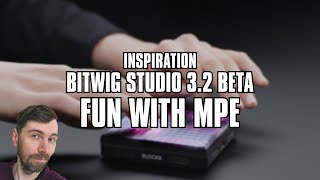
May 06, 2020 Tutorial
In this video, I show how to use the Expressions modulator in Bitwig Studio alongside an MPE controller, such as the ROLI Light Block, to create soundscapes. I explain how to set up the controller and the modulator, and then demonstrate how to use it with the Impulse synth and the Zebra 2 VST plugin. I also provide tips on how to use the modulator with a keyboard and the mod wheel. Overall, the Expressions modulator is a great tool for adding movement and depth to your music.
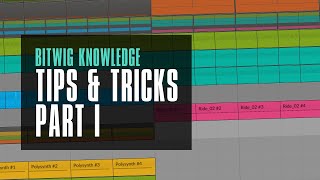
Apr 28, 2020 Tutorial
In this video, I share some additional tips and tricks for using Bitwig Studio. I first show how to use the browser tab to import recent projects or specific groups within a project. Next, I demonstrate how to use the key track to modulate the frequency of an EQ or filter to correspond with MIDI inputs. I explain how to bounce audio with or without effects included and why I prefer using the bounce option over bounce in place. Finally, I share how to deactivate tracks for faster loading time and how to hide source material tracks. Overall, these tips can improve your workflow in Bitwig Studio.
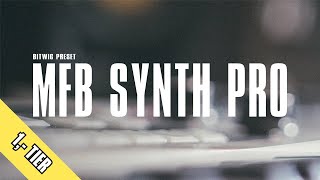
Apr 27, 2020 Tutorial
In this video, I share a new preset for the Bitwig sampler that I created from samples recorded on my friend Jericho's new MFP Synth Pro. It's an 8-voice polyphonic synthesizer with a vintage sound that I love. The preset is free for my Patreon subscribers, and all you need to do is tweak the remote controls to create different sounds. I also show a new feature in Bitwig Studio 3.2 beta that allows for easier use of the preset. The preset includes pitch mode, voice stacks, filter envelopes, and more. I also recommend checking out Jericho's channel for analog and euro rack content. Overall, I hope you have fun with this preset and leave any questions or feedback in the comments.
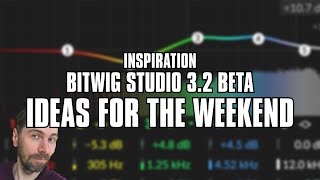
Apr 24, 2020 Tutorial
In this video, I share some tips and ideas on how to use the new features in Bitwig Studio 3.2. I show how to create a bassline using the new arpeggiator and expression modulator, how to create layered instruments with instrument selectors and round-robin, and how to create evolving chords with note FX selector, arpeggiator, and diatonic transposer. I also demonstrate how to create sounds with Poly-Grid, create a reverb effect that only activates when the key is released, and how to create a strumming effect with note delay. These new features offer a lot of possibilities for sound design and creating patterns and chord structures. Using my code "polarity" in the shop can save you 10% on the price while supporting my channel.
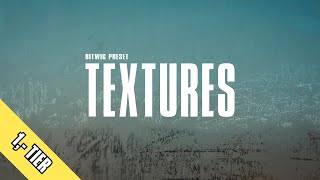
Apr 23, 2020 Tutorial
In this video, I am showcasing my new free preset for adding textures to sounds in Bitwig Studio 3.1. I demonstrate how to use the remote controls to mix in the texture, amplify the texture sample, change the texture, and use pink noise. I also explain how the rise and fall controls work for amplitude modulation and how to use the postfx box for EQ, transient shaping, and peak limiting. The preset is called textures and can be downloaded on my Patreon page for $1 or for free if you are already a patron. I also mention my plans to add more textures samples in the future and ask for feedback on the preset.
previous | next









